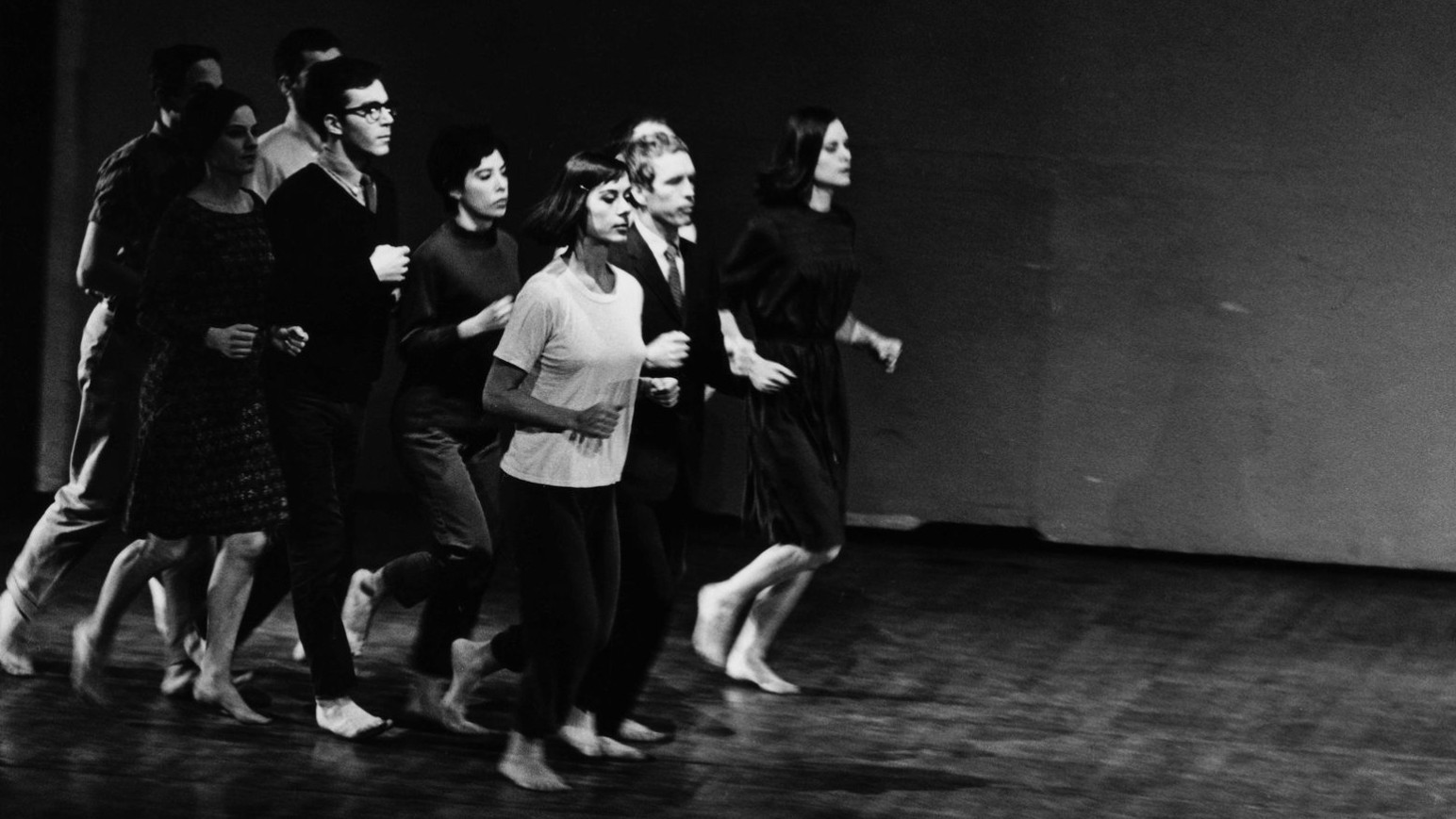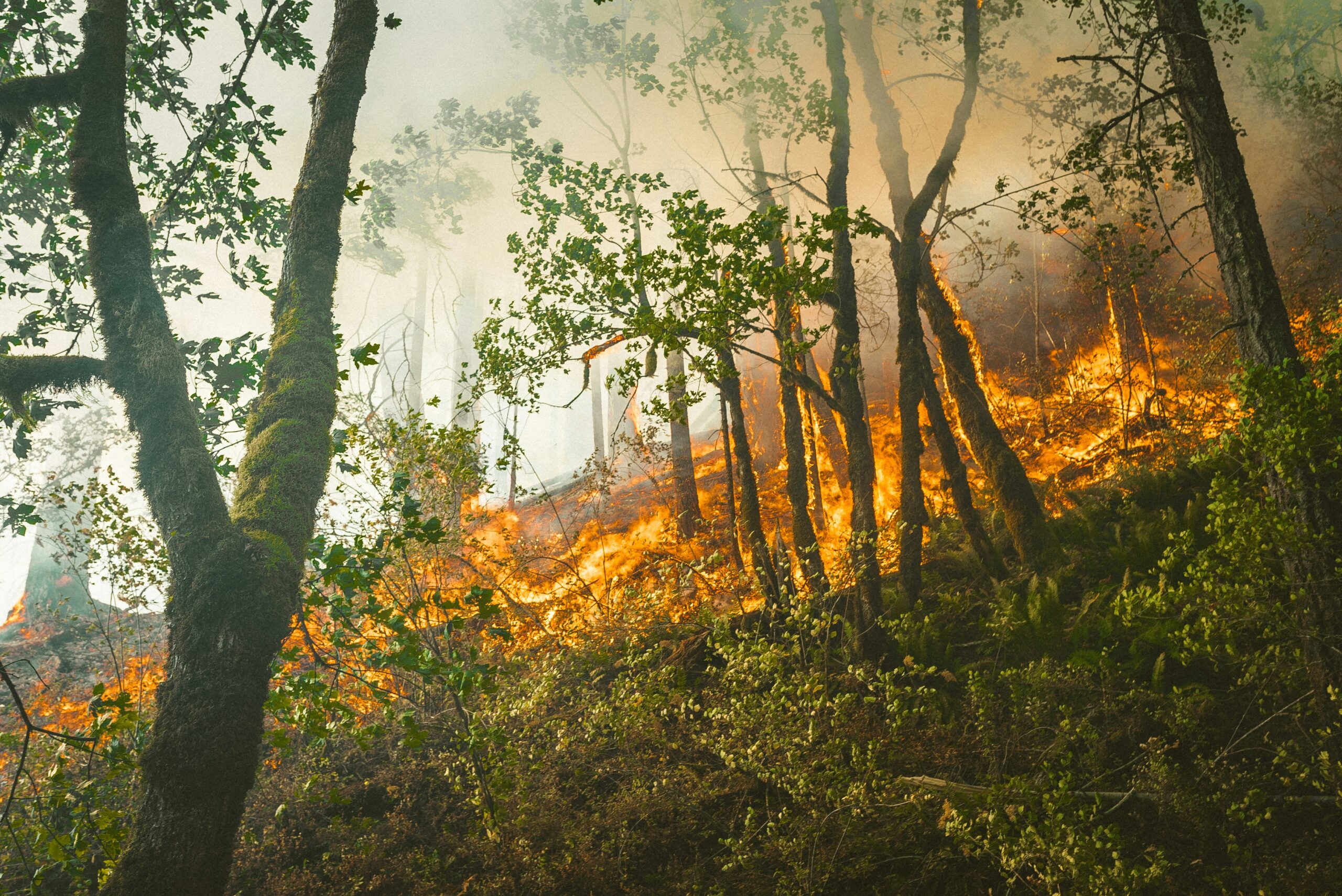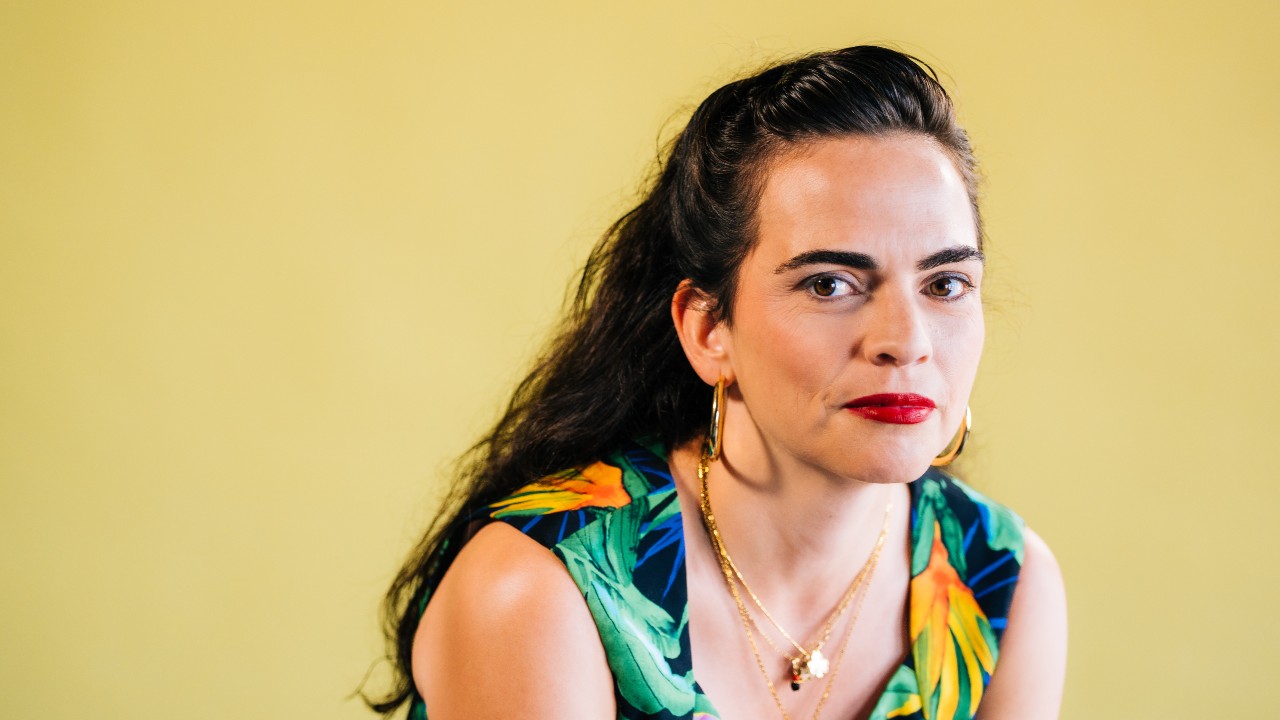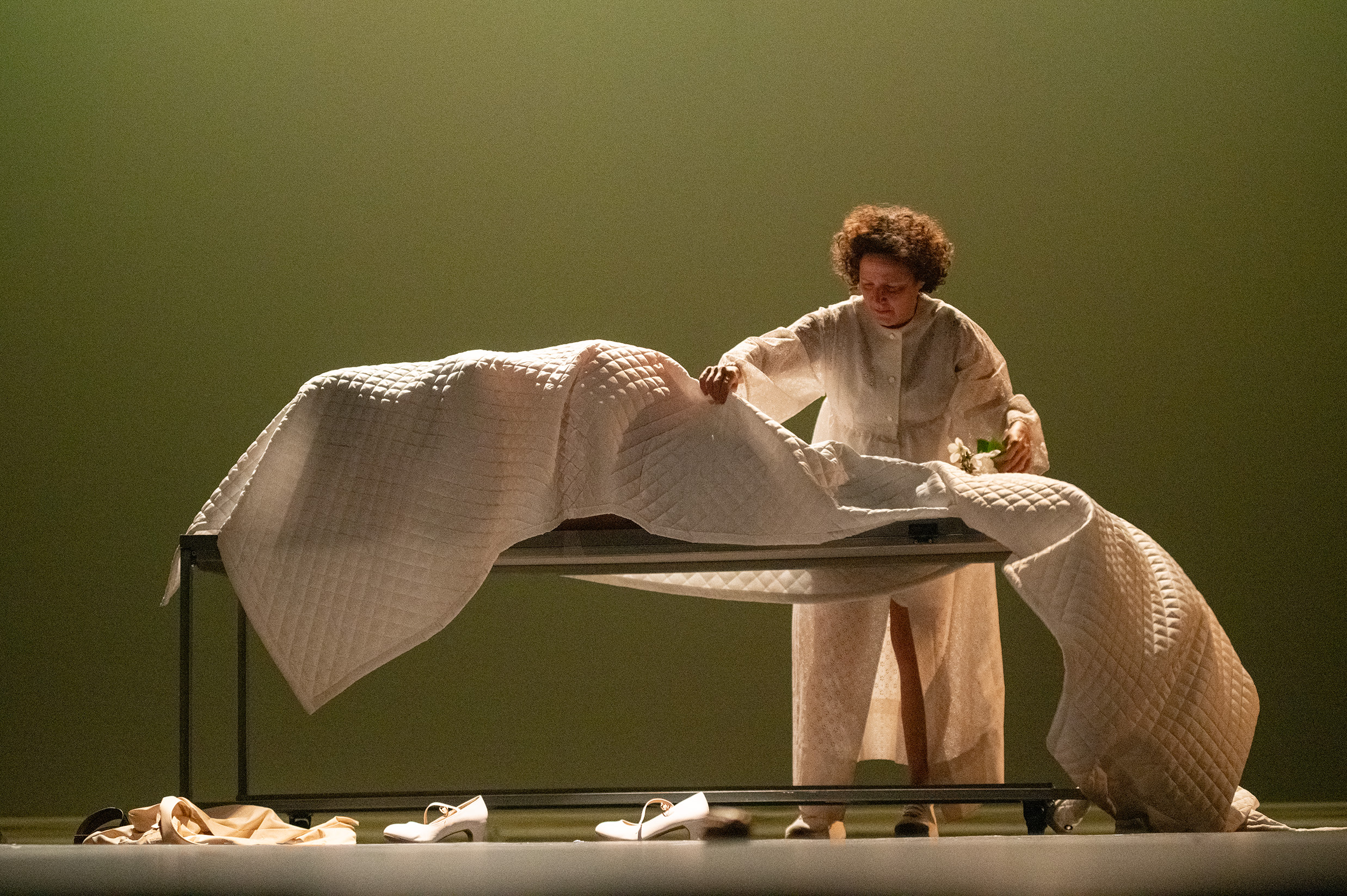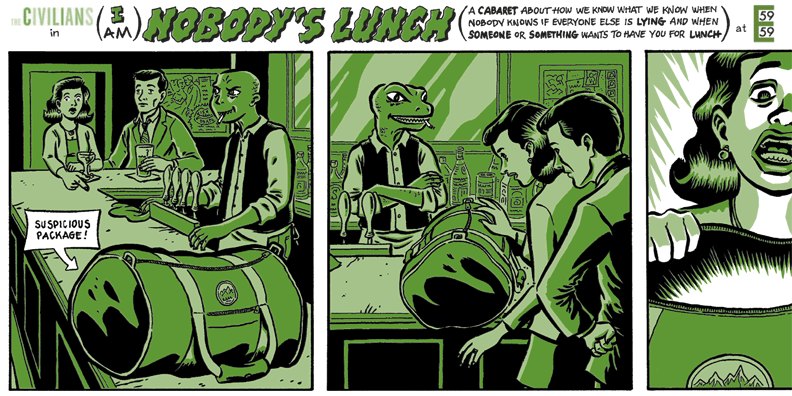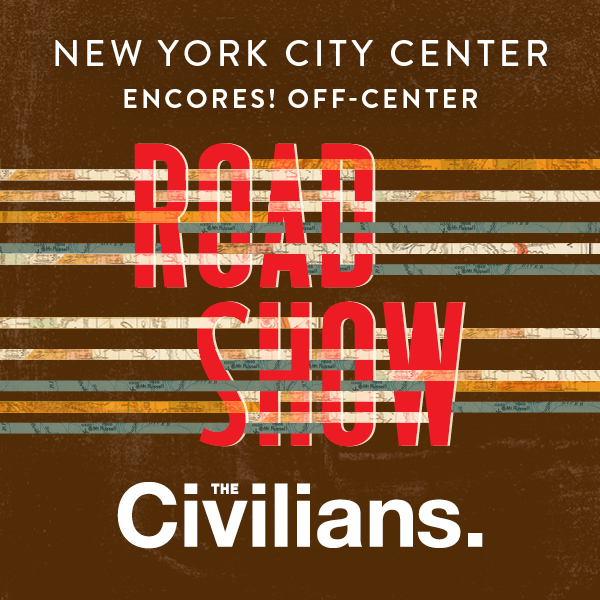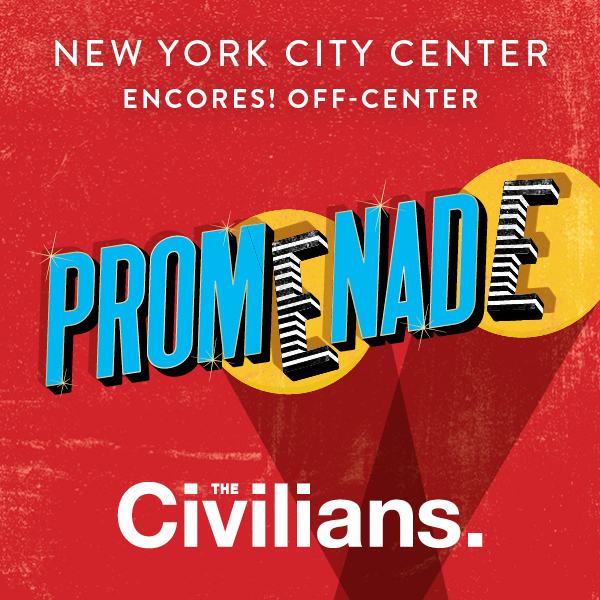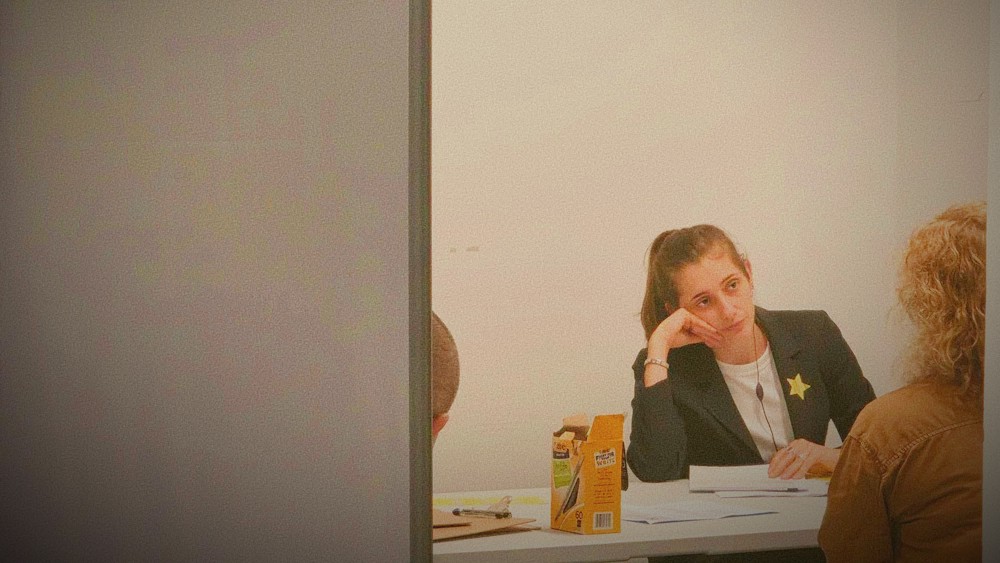Editor’s Note: Between the time we conducted this interview and its publication, Richard Foreman, whose Ontological-Hysteric Theater inspired so many innovative theater artists and who we mention in this article, passed away from pneumonia related complications. The history of downtown NYC theater seems set in stone to those of us who draw strength from its sense of community and creativity, but Foreman’s passing reminds us that said history is fragile, receding further and further into the past as its architects leave us.
The first and last time I met Foreman, he asked those of gathered in his home simply, “What is it you want to do? What do you want to see?” And most importantly, “What do you hate in the theater?” Brutal but ultimately clarifying questions for those of us burnt out by the theater industrial complex, the MFA pipeline and its attendant politics. I hope the thoughts shared in this conversation will offer even more clarifying questions and new (old) ways to think about our practice as artists and community members.
You can read some pieces honoring Foreman’s life and work here, here and here.
******
Faith Zamblé
I’d love to start by asking you how you got into the world of sound design, and what your relationship with sound is.
Ryan Gamblin
I’ve been a lifelong musician and was on track to go to conservatory for jazz saxophone. I had a crisis of faith about jazz school and the conservatory model. So, I went a different direction in college, and was like, “I’m going to be an academic. That’s what I want to do.” Then my first semester, I took a class with a scenographer named Peter Ksander, who worked with Richard Foreman and a bunch of other downtown artists, and it changed my relationship to theater.
Faith Zamblé
Oh my gosh. I met Richard Foreman last month; we went to his house. What a character.
Ryan Gamblin
Sseeing his work when you’re 18 years old and the only theater you’ve ever worked on is naturalism or musicals, it expands your understanding of what you think is possible. So, I fell in love with experimental theater and all of the potential that performance has outside of the traditional theatrical model. Being a musician, and understanding sound, sound technology and how to structure a journey sonically and musically, it made a lot of sense to do [sound design]. And then, I did a Shakespeare in the Park internship and a Wooster Group internship, [which was] a balanced educational diet.
Faith Zamblé
How wise of you–
Ryan Gamblin
Thanks. I mean, it was either wise or the total lack of direction of a 19-year-old.
Faith Zamblé
Right, pick your poison.
Ryan Gamblin
Yeah, exactly. It’s like, major off-Broadway theater, or post-dramatic downtown theater. But that was also big in telling me how to approach theater-making. I learned a lot from the Wooster Group in terms of approaching things from a holistic dramaturgical standpoint, understanding how the entire system of media functions and how that relates to the content of the work. It’s very classic McLuhan.
Faith Zamblé
I was not expecting to hear about Marshall McLuhan at 10:26 am.
Ryan Gamblin
Sorry. Nice to meet you, yeah?
Faith Zamblé
Honestly, thank you. I’m awake now, I’ll say that…
Ryan Gamblin
So much of what [The Wooster Group] has done connects to what we’re doing with Radio Downtown. Our method of feeding all the lines to the actors via in-ear-monitors becomes a fundamental way of understanding the way that we relate to this media.
There’s an inherent time slippage any time you perform a scripted work of theater. If Shakespeare wrote some words 600 years ago, and an actor is saying them now, that’s a 600 year slippage. And from the time the words leave the actor’s mouth to the time they hit your ears, a couple milliseconds have already gone by.
There’s this slippage of time and identity and history by having someone else say the words and enact them as closely as possible while listening to them. So, the thing that’s happening in Radio Downtown, where you’re kind of operating with this understanding of this community that we talk so much about, like, downtown New York artists, and pointing out the time slippage, and realizing that… I find this to be a warm show. Like, oh, we have actually a strange amount in common.
I believe in community across space, and I also believe in community across time. We’re wrestling with a lot of the same work. A lot of the stuff that Amiri Baraka is talking about… the Lorenzo Thomas poems… That could be from last year.
Faith Zamblé
I mean, there is an Inception-like quality to this piece, where you’re having people say these words in a way that I think “avant garde” theater artists would approve of or find interesting. There’s something even in the way that Radio Downtown is constructed that also feels like it’s trying to do what these artists were doing in their time. So, there is something very recycled about it, but in a good way.
Ryan Gamblin
It’s like a referential tradition of the way that this work has been made, I think.
“To change things for the better,
one must act as if they’re already free.”
Faith Zamblé
And theater is so much a practice of recycling… I wondered the other day what it be like if people had recordings of actual Shakespeare performers in their ear. It would be amazing to go back in time and record people in the 1600s and 1500s and know what they sounded like.
Ryan Gamblin
Absolutely. I mean, in my practice, both in theater and outside of it, I kind of fixate on this obsession of sounds, audio recording, and video recording as fundamentally the closest we can get to time travel. And particularly… Oh God, I’m so sorry. This is so annoying, but we’re in this kind of like post-Baudrillard simulation world–
Faith Zamblé
Can you explain what that means for the people in the back?
Ryan Gamblin
Baudrillard’s Simulacra and Simulation, from the early 80s, basically talks about the idea of the simulacra, which is a sign that refers to a referent that no longer exists, and replaces reality with its representation.
Faith Zamblé
Oh, this is all the post structuralist literary theory people.
Ryan Gamblin
Exactly. We live in an era where the sign is a sign of a sign of a sign of a sign, and the referent no longer exists. Because of these layers of signs, we effectively live in a simulation. Which I don’t know if I 100% buy, but I also think, particularly as artists who work with media, there is something to be said for acknowledging the fact that there is this re-evaluation of meaning and context and history whenever you are re-contextualizing something. Like, whenever you’re remounting a play that was written 500 years ago, or 10 years ago, or even in a different place…
Faith Zamblé
It’s making me think about, I don’t know…. just because a reference point isn’t widely known or people don’t know what they’re referencing doesn’t mean that the reference itself doesn’t exist. And people could trace it back and pull it apart, which I think is what more experimental work can do in an interesting way—that process of tracing and figuring out where things come from. And, I don’t know that we live in a in a simulation, but we so live in a world where meaning is muddied. People have access to information, but not necessarily archives where the information comes from, so everything is constantly being re-contextualized. This is probably why life does feel like a simulation… It’s like, who is creating this? What is real?
“There’s a patience, and there’s a free-flowing aspect in how time functions in a lot of [downtown artists’] work.”
But, we’re creating this. Which is why I’m really excited about Radio Downtown because I think it mines the archive for things that are extremely relevant, but gives audiences a framework to know where the ideas came from, and who said it. I mean, there aren’t really famous quotes of the avant-garde, but I think there are moments where you realize that there is precedent for the kind of moment that we’re in right now. I guess that gets into the slippage, and then us realizing through that slippage, “Oh, we’re all kind of in the same place that we were before. Has anything changed?”
What differences you notice between the time that these artists were working in–and their perspectives–and the time that we’re working and living in right now?
Ryan Gamblin
Yeah, that’s a great question. I think, if you listen to them speak, you can tell in the rhythm with which they speak that conversation moved slower. Like, they’re just having a conversation at the speed it takes them to develop a thought, and they take their time. They don’t have the tendency to fill dead air. The way they’re talking about the work that they make, it’s so clearly of an era where ideas and artworks were mediated differently. There seems to me to be a clear distinction of how these artists both made and discussed their work before and after the internet. And, the way they talk about the measurement of time. There is, there’s a moment where Babette Mangolte is talking about the function of sound and duration in her film, and it’s really fascinating.
There’s this door that you just look at for like five minutes, as you hear this tea kettle slowly starting to boil. And you still see that in experimental film and experimental theater today, where it’s like, “We’re gonna look at this image for 15 or 20 minutes together.” But because of a different context and culture of attention, it impacts the audience entirely differently.
This is part of why I think my favorite question in Elinor Fuchs’s “Visit to a Small Planet” is how is time measured? In my life, things have always moved at the speed of the Internet. And, it feels so much more difficult to me to sit with an image. I love durational work; that’s what I’ve grown to make a lot of in ambient and noise music. But there’s a patience, and there’s a free-flowing aspect in how time functions in a lot of [downtown artists’] work. If you listen to Lorenzo Thomas delivering his poems, he speaks so quickly and that makes it unique when rapid is not the default. There’s a different relationship to tempo and a different relationship to rhythm.
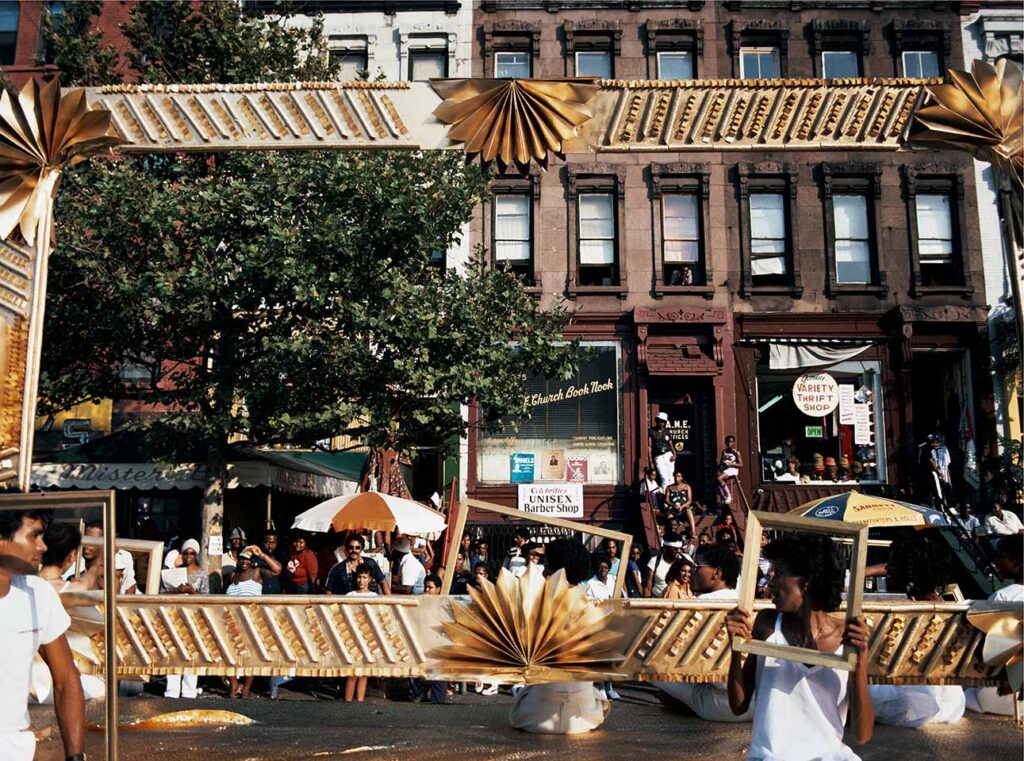
Faith Zamblé
I’m also thinking about how there’s almost an antagonistic relationship between the interviewer and the interviewee, in some cases. These artists were kind of like, “We’re gonna do what we do, whether you interview us or not, and we’re not afraid to be contentious or tell you, ‘Oh, I that’s not what I said; you’re misquoting me.’” Like the Amiri Baraka section, where he’s arguing with the interviewer. Now, I feel like people would be more afraid to do that. But, his energy was basically, “Listen, stop playing games.”
Ryan Gamblin
I mean, it’s the fear of being quoted out of context, the fear of saying something that might jeopardize your funding or put you at odds with your subscriber base. In the Baraka interview, there’s also chunks of sound that are missing, which I find interesting.
Did he say something that WNYC was like, “We’re gonna get in trouble for this because he’s talking about American imperialism, fascism, and racism!” All these very heavy things that I don’t know if people in 1973 were super down to hear about.
Faith Zamblé
I don’t know if people are super down to hear about it now.
But, one thing I love about Baraka’s mentality is that it allows you to just make what you want to make and not worry about what other people are going to do. I also have thought a lot about how many of these artists were just making work in in their various communities, in somebody’s basement. Like, they actually didn’t need permission from anyone to do things. And neither do we. I’m just curious if you have thought about that as you’ve been listening to these artists.
Ryan Gamblin
Absolutely. It’s something that’s front of mind constantly. No one at any point in any of these interviews says, “Oh, yeah, I just received this fellowship.” The financial reality is so different now than it was then. Like it just cost less to exist back then, which is great; good for them.
But I have a number of folks in my community who were doing downtown theater in the 70s and 80s and 90s, and one of the things they talk about with a degree of wariness is professionalization. I’m proud of our generation for saying we should be compensated properly. And also, the reason so much work was made in the 70s, 80s and 90s is because no one was getting paid.
Ryan Gamblin
Holding both of those truths at once is hard. One of my favorite shows I ever made in New York, I got paid almost nothing. And models like that, where the only people who can work on small shows are people who can do it for little-to-no pay is why theater has such a high barrier to entry. Which is why we’re asking that people be paid properly. Like, that’s an important element of practice. But there’s also the fact that all of these people who were interviewed weren’t making art because they were getting paid for it. It’s what they did with their friends and their family and their community. And there wasn’t necessarily the ambition of the career vocation of it partially because the economic reality of the time is so different.
Faith Zamblé
I would like to see us hold both realities that, yes, institutions are good and useful, but also they don’t rule the world. Most people wanted to be artists before they even knew what institutions were. How do we get back to that? I don’t remember this artist’s name, but there’s somebody in the show who says, “I tell people to make art because that’s what you want to do. Like, that is a useful way of spending your time.” I don’t know how we get to that place in in this capitalist time, but I wonder if there’s anything in Radio Downtown that has provided you with a helpful way to think about things.
“There’s an inherent time slippage any time you perform a scripted work of theater.”
Ryan Gamblin
I’m gonna actually just pull up the script because there’s a specific area–it’s like one of the first lines of the play–and it’s from the interview with Kimako Baraka. She says, “The American tradition is to consider that the artists are bringing culture to the people. And that’s not really what’s going on. What happens is the culture comes from the people.” People really resonate with being an artist as an identity. But in her interview, she’s very community driven. That’s how you build a scene, that’s how you build a community of artists. The thing with institutions is… you create this fenced-in garden, and you then have these panels of people who have been let into the garden already, who decide who else is allowed in the garden. I don’t want to be let into a fenced-in garden; I want to tear down the fence.
Faith Zamblé
Or, I want to plant my own garden.
Ryan Gamblin
Exactly! To change things for the better, one must act as if they’re already free, right? It’s a principle of protest movements, but I think it also applies to art-making: if you could do whatever you wanted to build a community, to create something and to engage with other artists in a way that was meaningful and truthful to who you and your community are and what your needs are, how would you do that?
Faith Zamblé
I wonder how much of this can be like, just encouraging people to do the things that they want to do. You don’t have to wait for other people to approve of what you’re doing, because that’s the other thing. Like some of these artists, or many of these artists, even if they never were super successful in their lifetime, ended up inspiring or being instrumental to like other people. I’m thinking about Kenneth Anger… Truly a person who would have been canceled immediately in our time period. And, rightfully so. And yet, he did work that was useful to other artists down the line, and I think this is something that maybe leads us into a conversation about… What does legacy and posterity mean? Even if you don’t get the success that you thought you were gonna get, we are in this community of humanity and I think nothing people put into the world is wasted, ultimately, which does feel a little bit of like, what this show is about, even though there are obviously big names at play.
Ryan Gamblin
For me, it’s about being in community. And particularly for this show, the way that you hear the artists talking, and the way that the performers are enacting the words of these of these artists, it brings to mind the way that we can use what media we do have to connect to this community of artists across time. And I think that would be true if I had never heard of the names of any of these artists. Because, we do exist in this extended community across space and time. To me, there’s not so much of a difference between what we’re doing here and singing a folk song that’s hundreds of years old. We have this connection with the past through what they have left behind, in oral tradition or song or recorded media. And that’s just an opportunity for connection and understanding where we come from, and what we continue to grow upon.
Theater is the ritual space. It’s this fundamentally community enriching activity of “Hey, let’s all be in the same room together and experience something and create something together.”
Faith Zamblé
There’s something so beautiful about the ritual of theater that actually puts people who operate on very different schedules, who are doing many different things, moving through the world in many different ways on the same dramaturgical time continuum. It just puts everyone on the same clock, which makes me think of the Fuchs piece. It does feel like, in this piece too, it’s trying to get those of us alive in the present, to be in the same tempo and rhythm as these artists, which is sort of what you were talking about earlier, with the slowness.
I want to know—does working on this project feel new in comparison to projects you’ve worked on before? Does it feel similar? I mean, this show is just so strange that I’m curious: what are its challenges, or what are the things that are surprising you in working on it?
Ryan Gamblin
It’s fascinating. I’ve worked on similar shows before where we feed lines into actors’ ears. But this is my first time doing it with the audio from actual interviews. One of the things that I found really, really rewarding is spending hours listening to these interviews over and over and over again.
Faith Zamblé
Maybe you will travel in time….
Ryan Gamblin
Yeah, it’s been so rewarding to spend time with these people and their words. It might be a little parasocial, but you develop this kind of relationship to the way these people speak and the way they carry themselves, and the way they discuss their work. As someone who’s a theater designer with a personal practice, it’s been so valuable just to be–in a very mediated way—in that kind of presence, and do a deep dive. Then, after working on all the editing outside of the room, to come into the rehearsal room and watch the actors perform these words, and watch the way that Steve and Jocelyn restructure them and cut them up and do that whole re-contextualization dance… That is where a lot of the substance of the show is for me. It’s fundamentally what these people have left for us to commune with them. It’s a way to connect.
Extended Play is a project of The Civilians. To learn more about The Civilians and to access exclusive discounts to shows, visit us and join our email list at TheCivilians.org.


